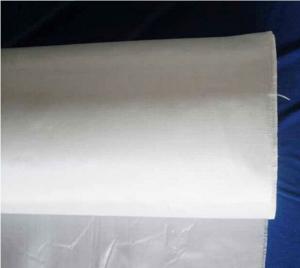Fiberglass, a material that has been around for a while, has found a new home in the realm of electric vehicles (EVs). Known for its lightweight and durability, it’s no surprise that this material has become a favorite among EV manufacturers. Let’s dive into the world of fiberglass and see how it’s revolutionizing the electric car industry.
The Versatile Nature of Fiberglass
Fiberglass is a composite material made from fine fibers of glass, which are woven into a fabric and then soaked in a resin. This combination creates a strong and lightweight material that is perfect for various applications. In the context of electric vehicles, its versatility shines through in multiple ways.
Lightweight and Strong
One of the most significant advantages of using fiberglass in electric vehicles is its lightweight nature. Electric cars require a lot of energy to move, and every extra pound adds to the energy consumption. By using fiberglass, manufacturers can reduce the overall weight of the vehicle, leading to improved energy efficiency and range. Additionally, the strength of fiberglass ensures that the vehicle maintains its structural integrity without adding unnecessary bulk.
Cutting Down on Production Time
Fiberglass also helps in cutting down the production time of electric vehicles. Traditional car manufacturing involves a lot of heavy machinery and time-consuming processes. However, with fiberglass, the molding process is much faster and more efficient. This not only speeds up the production line but also helps in reducing the overall cost of manufacturing.
Customization and Aesthetics
When it comes to aesthetics, fiberglass offers a unique advantage. It can be molded into various shapes and forms, allowing for greater customization in the design of electric vehicles. This opens up a world of possibilities for manufacturers to create unique and eye-catching designs that can set their vehicles apart from the competition.
Durability and Longevity
Fiberglass is known for its durability and longevity. It can withstand various weather conditions and resist corrosion, making it an ideal material for the exterior body of electric vehicles. This not only ensures the longevity of the vehicle but also reduces maintenance costs for the owner.
Environmental Impact
Let’s not forget the environmental benefits of using fiberglass in electric vehicles. Since it is a non-conductive material, it doesn’t contribute to the electromagnetic interference that can affect the performance of the electric components in the vehicle. Moreover, fiberglass is recyclable, which means that at the end of its life cycle, it can be repurposed, reducing the overall environmental impact of the vehicle.
Challenges and Solutions
Despite the numerous advantages, there are some challenges associated with using fiberglass in electric vehicles. One of the main concerns is the cost of production, as fiberglass can be more expensive than traditional materials. However, as the demand for electric vehicles grows and manufacturing processes become more streamlined, it is expected that the cost of fiberglass will decrease over time.
Another challenge is the recycling process of fiberglass, as it can be more complex than other materials. However, with advancements in recycling technology and increased awareness about the importance of recycling, these challenges can be overcome.
The Future of Fiberglass in Electric Vehicles
As electric vehicles continue to gain popularity and manufacturers look for ways to improve efficiency and reduce costs, the use of fiberglass is expected to grow. It has the potential to not only enhance the performance and aesthetics of electric vehicles but also contribute to a more sustainable future for the automotive industry.
In conclusion, fiberglass has proven to be a valuable component in the world of electric vehicles. Its lightweight, strong, and durable nature, coupled with its ability to be easily molded and recycled, makes it an ideal material for the future of electric mobility. As technology advances and the demand for eco-friendly transportation solutions increases, the role of fiberglass in electric vehicles is only set to expand.

